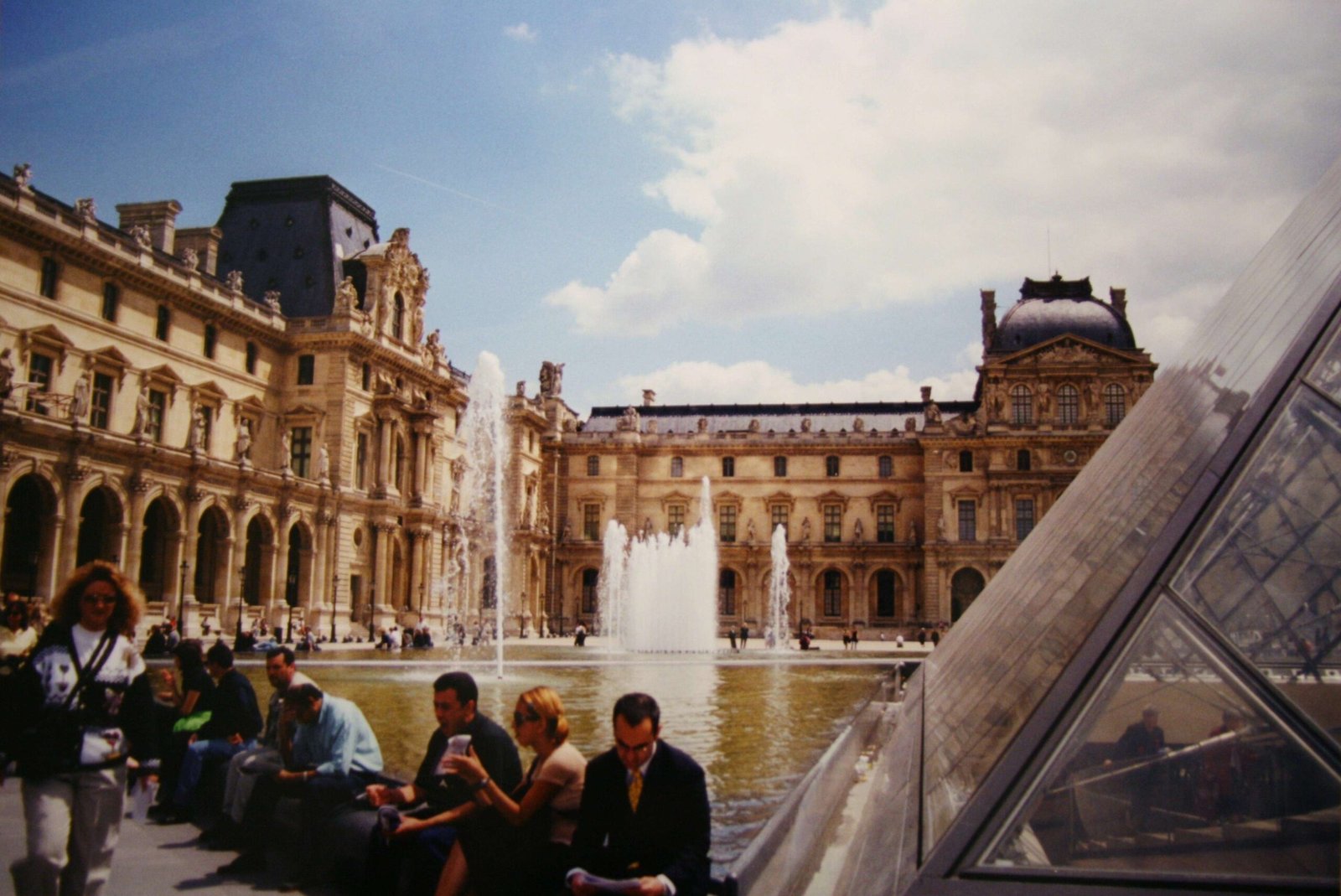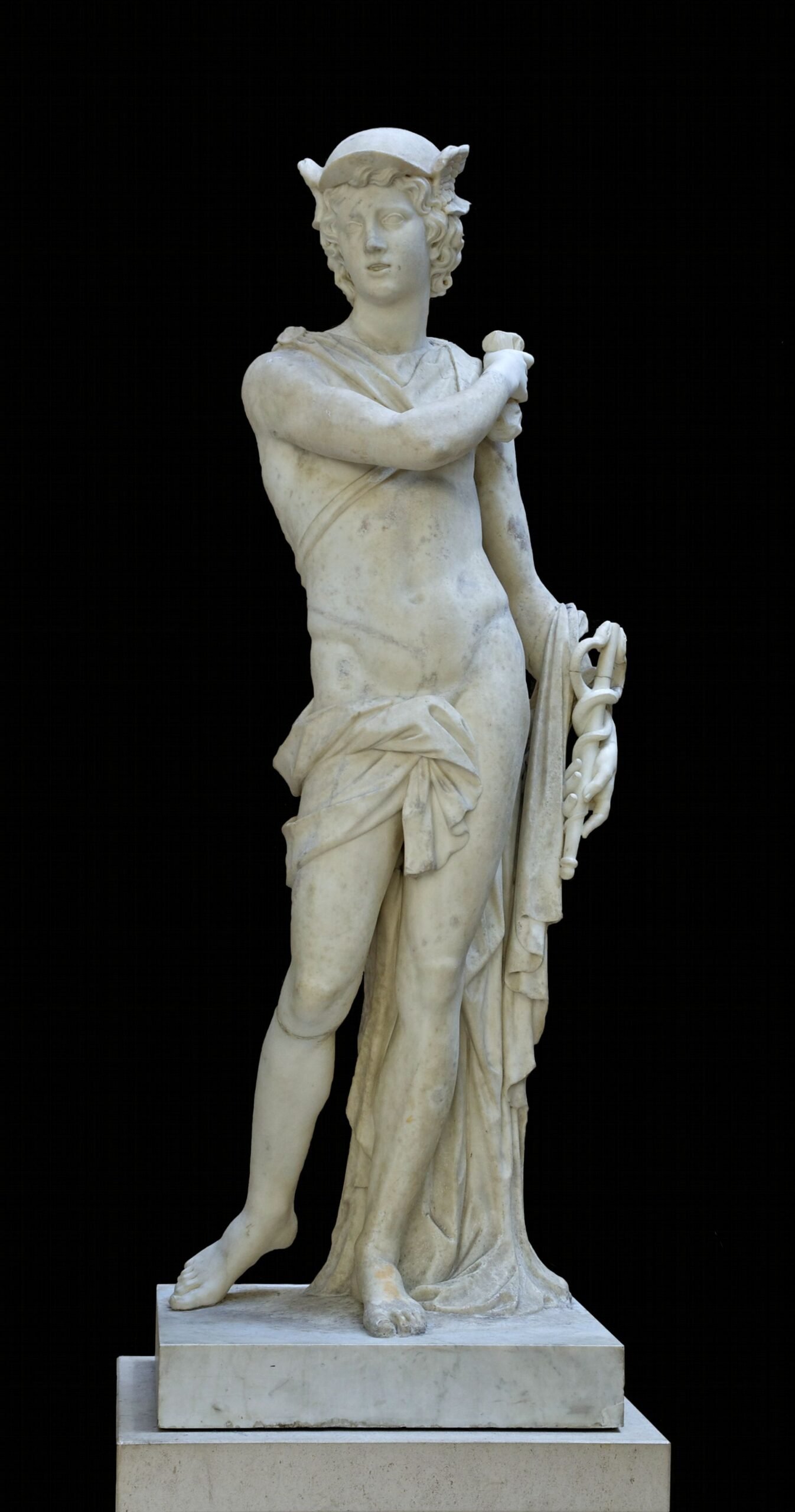The Louvre Museum in France is home to an extraordinary collection of artworks depicting gods and heroes from ancient mythology. This iconic institution houses some of the most renowned sculptures and paintings that bring to life the legends of Greek and Roman deities. From the enigmatic Venus de Milo to the majestic Winged Victory of Samothrace, the Louvre offers visitors a unique opportunity to explore the rich tapestry of ancient beliefs and artistic mastery.
What Makes the Louvre’s Collection of Gods and Heroes Unique?

The Louvre’s collection of gods and heroes stands out for several reasons:
- Historical Significance: Many pieces date back to ancient Greek and Roman times, offering a direct link to these civilizations.
- Artistic Mastery: The sculptures and paintings showcase the pinnacle of artistic achievement from various periods.
- Diversity: The collection spans different mythological figures, from major Olympian gods to lesser-known heroes.
- Cultural Impact: These artworks have influenced Western art and culture for centuries.
Which Are the Most Famous Divine Sculptures in the Louvre?

The Louvre houses several iconic sculptures of gods and heroes:
- Venus de Milo (Aphrodite)
- Material: Parian marble
- Date: 125-100 BCE
-
Significance: One of the most famous ancient Greek sculptures, representing the goddess of love and beauty
-
Winged Victory of Samothrace (Nike)
- Material: Parian marble
- Date: 2nd century BCE
-
Significance: Depicts the goddess of victory in a dramatic, wind-swept pose
-
Artemis with a Doe (Diana of Versailles)
- Material: Marble
- Date: 2nd century BCE (Roman copy of Greek original)
-
Significance: Represents the goddess of the hunt in a dynamic stance
-
Apollo Sauroktonus (‘Lizard-Slayer’)
- Material: Marble
- Date: Hellenistic period
-
Significance: Shows a youthful Apollo in an unusual pose, about to catch a lizard
-
Sleeping Hermaphrodite
- Material: Marble
- Date: Roman period (copy of Greek original)
- Significance: Depicts the dual-natured child of Hermes and Aphrodite
How Does the Louvre Present These Divine Artworks?
The Louvre presents its collection of gods and heroes through:
- Thematic Galleries: Artworks are organized by themes and periods, allowing visitors to explore the evolution of divine representations.
- Informative Displays: Each piece is accompanied by detailed information about its history, significance, and artistic style.
- Guided Tours: Specialized tours focus on mythological themes, providing in-depth insights into the artworks.
- Interactive Exhibits: Some displays include digital elements to enhance visitor understanding and engagement.
What Can Visitors Learn About Ancient Mythology at the Louvre?
Visitors to the Louvre can gain extensive knowledge about ancient mythology:
- Origins of Myths: Many artworks illustrate the stories and origins of various gods and heroes.
- Symbolic Meanings: The sculptures and paintings often contain symbolic elements that reveal deeper meanings in mythology.
- Cultural Context: The collection provides insights into the religious and cultural practices of ancient civilizations.
- Artistic Techniques: Visitors can observe the evolution of artistic styles and techniques used to depict divine figures.
How Has the Louvre’s Collection Influenced Modern Art and Culture?
The Louvre’s collection of gods and heroes has had a profound impact on modern art and culture:
- Artistic Inspiration: Many modern artists have drawn inspiration from these classical works.
- Cultural References: The images of these gods and heroes have become iconic in popular culture.
- Academic Study: The collection serves as a crucial resource for scholars studying ancient art and mythology.
- Tourism: These artworks are major attractions, drawing millions of visitors to Paris each year.
What Are the Best Times to View the Divine Collection at the Louvre?
To best experience the divine collection at the Louvre:
- Early Mornings: Visit right when the museum opens to avoid crowds.
- Weekdays: Tuesdays and Thursdays tend to be less busy.
- Evening Hours: The Louvre offers extended hours on Wednesdays and Fridays, which can be less crowded.
- Off-Season: Consider visiting during autumn or winter months for smaller crowds.
How Can Visitors Prepare for Their Divine Journey Through the Louvre?
Preparation tips for visitors:
- Research: Familiarize yourself with key mythological stories and figures before your visit.
- Plan Your Route: Use the Louvre’s interactive map to plan your journey through the divine collection.
- Audio Guide: Consider renting an audio guide for in-depth information about each piece.
- Comfortable Attire: Wear comfortable shoes as exploring the vast museum can involve a lot of walking.
- Photography Policy: Check the latest photography rules, as some artworks may have restrictions.
What Additional Resources Does the Louvre Offer for Mythology Enthusiasts?
The Louvre provides several resources for those interested in mythology:
- Specialized Tours: Book a guided tour focusing on Greek and Roman mythology.
- Educational Programs: Attend lectures or workshops on ancient art and mythology.
- Digital Resources: Explore the Louvre’s online database for detailed information on the collection.
- Museum Shop: Purchase books, replicas, and souvenirs related to the divine collection.
By exploring the Louvre Museum France gods and heroes collection, visitors can embark on a fascinating journey through ancient mythology, artistic mastery, and cultural history. This divine assemblage not only showcases the beauty and skill of ancient artisans but also continues to inspire and educate modern audiences about the enduring legacy of these mythological figures.
References:
1. https://www.louvre.fr/en/explore/the-palace/ideal-greek-beauty
2. https://www.louvre.fr/en/explore/the-palace/at-the-heart-of-the-renaissance-palace
3. https://windswaves.wordpress.com/2014/07/20/greek-sculptures-in-the-louvre-venus-de-milo-and-winged-victory/

